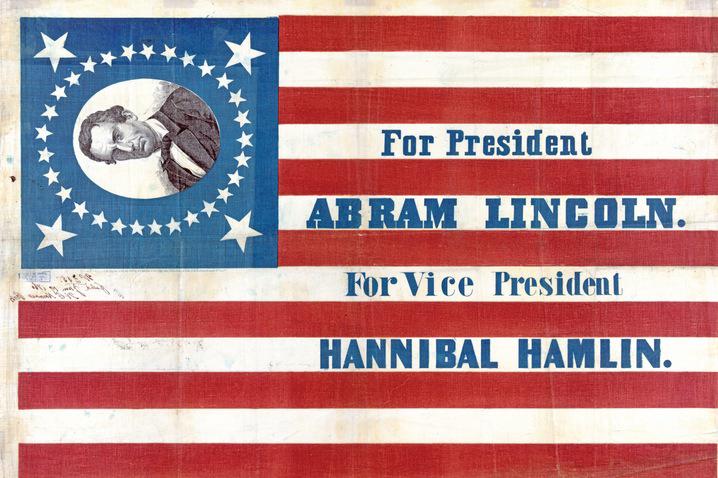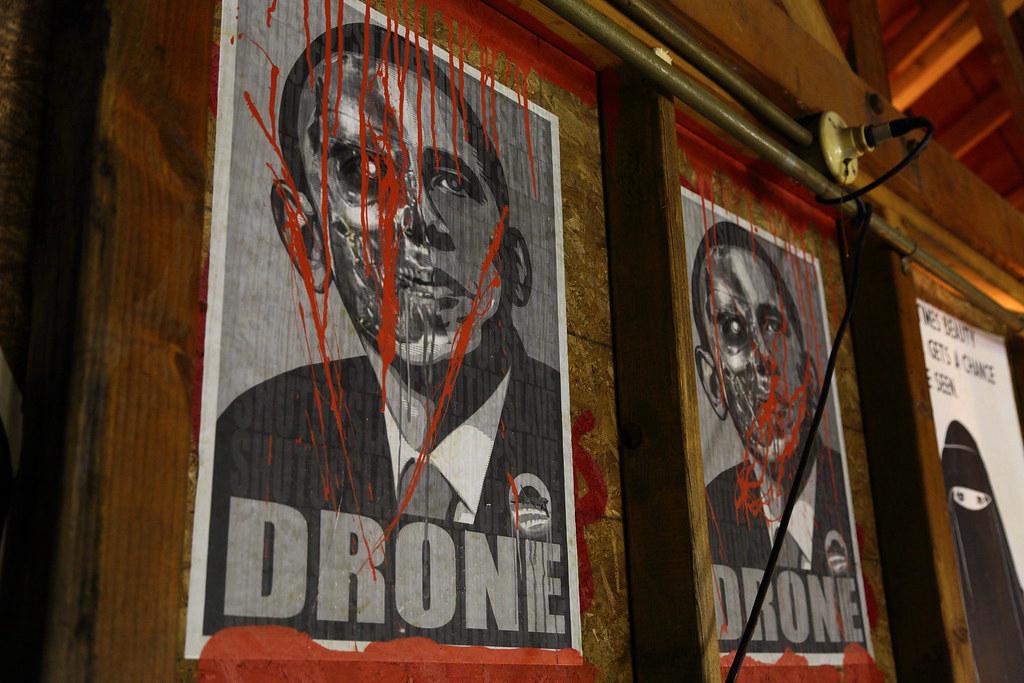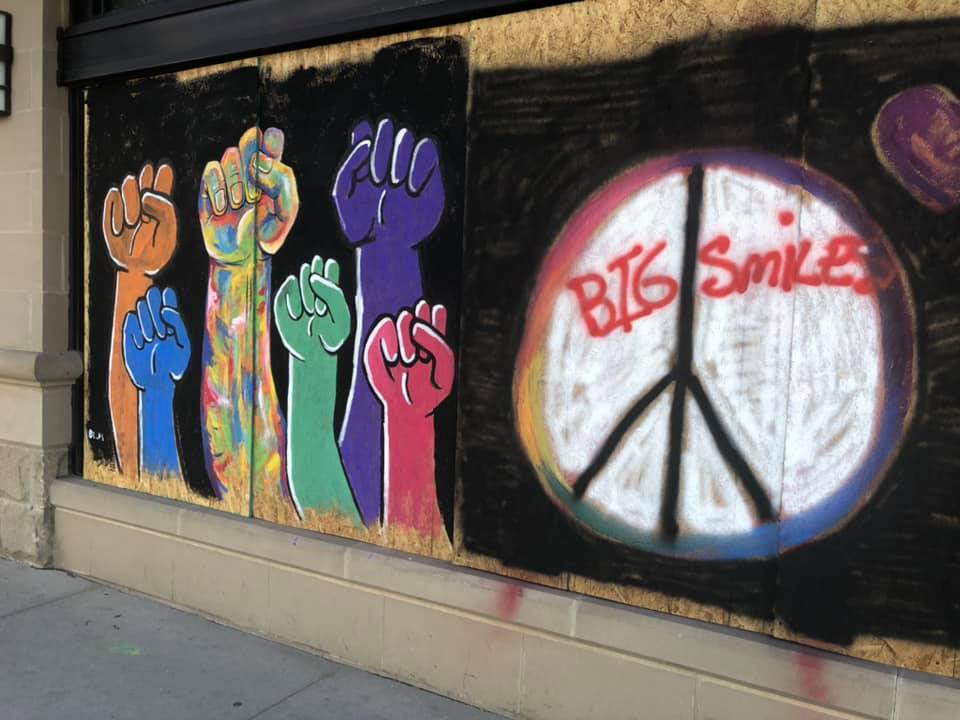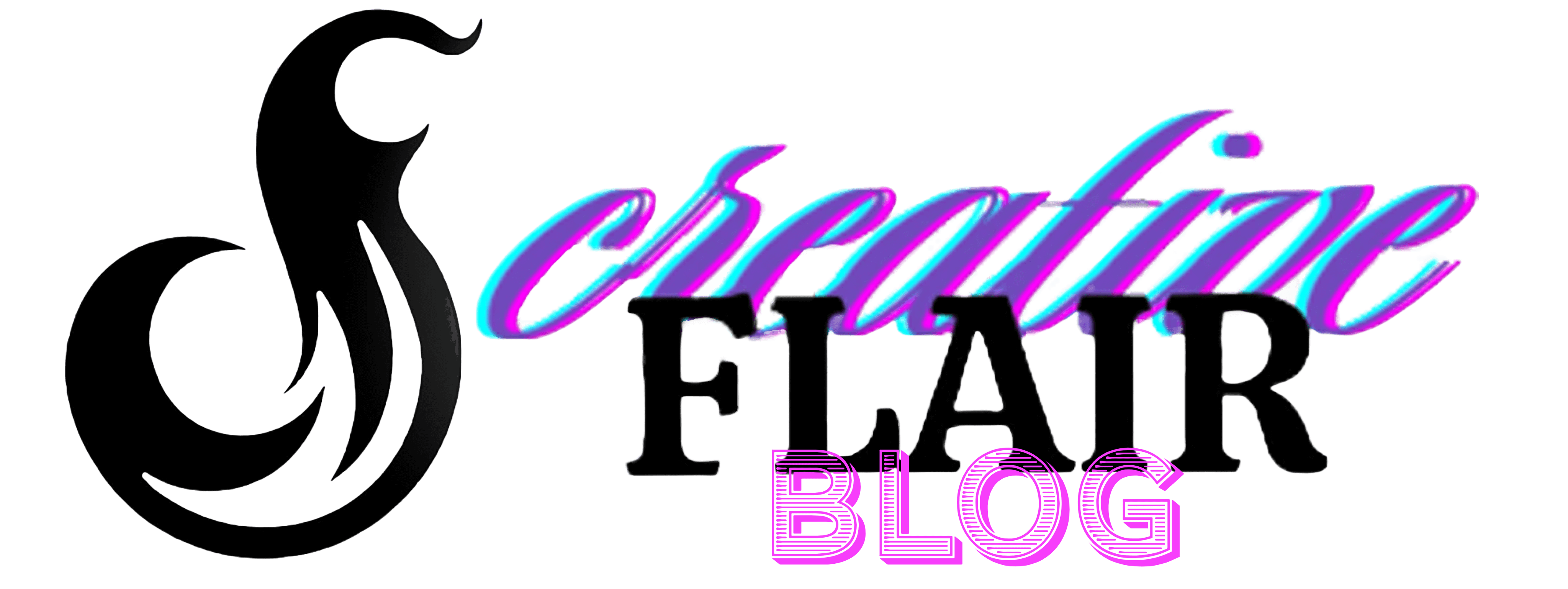Historical Role of Art in Campaigns
Art has intertwined with political campaigns for over a century, each step capturing the spirit of the times. In the late 19th century, lithographic posters first appeared on streets, acting as loudspeakers of their day. They proclaimed the virtues of candidates or causes, rallying people to vote.
The 1960s and '70s saw art become the voice of change and counterculture. Eugene McCarthy and George McGovern became icons of their policies and a movement represented visually through grassroots art and design. These posters were crafted to energize and galvanize—igniting sparks in the hearts of those inclined towards change.
Barack Obama's 2008 campaign embraced art wholeheartedly. Shepard Fairey's iconic "Hope" poster became a symbol of the era, demonstrating how a single image could embody complex ideas like hope and unity, while revolutionizing how campaigns harnessed visual power.
Today, digital artistry has advanced into new realms of possibility. AI-generated graphics, memes, and video art have become integral to campaign strategies. However, this new approach brings challenges—particularly in spreading misinformation. The modern election landscape makes traditional lithographs seem like silent movies compared to this digital spectacle.

Art as a Tool for Mobilization
Art possesses the ability to rally support and invigorate a campaign, transforming apathy into excitement. It taps into emotional resonance and collective consciousness, uniting communities with a brush stroke or camera click.
The Obama campaign's visual stories focused on movement as much as message. The imagery wasn't background—it was a call to action. Shepard Fairey's "Hope" didn't simply encourage; it motivated, turning potential energy into active force.
Recent technological advancements have seen digital art rise in campaign strategies, enabling faster and wider mobilization. Social media channels become protest art galleries, memes evolve into modern pamphlets, and hashtags transform into digital rallies.
Street artists like Banksy continue this tradition, creating works that address current issues with striking clarity. His often-clandestine yet impactful pieces extend beyond gallery walls and permeate public consciousness, sparking open dialogue within communities.
Art, then, is a leading actor in the grand political performance. It gestures defiantly and urges audiences to remain standing even as others may bow to complacency. This exemplifies art's power in political mobilization: its ability to bring hidden emotions of a divided public into focus and convert silent consensus into thunderous applause for action and change.
Contemporary Challenges: AI and Misinformation
In the shifting landscape of art and politics, artificial intelligence has emerged as a new player. While AI-generated art offers speed, efficiency, and creativity, it also brings challenges, particularly in spreading misinformation.
The ethical quandary of AI-generated art lies in its capacity to manipulate and distort reality, making it difficult for voters to distinguish genuine messages from fabricated stories. These digitally crafted illusions can fool even discerning eyes, potentially impacting voter perceptions and undermining election integrity.
The autonomy of AI also raises questions about artistic authorship and accountability. When an AI algorithm creates an image, who bears responsibility for potential consequences? Is it the campaign using such art, the developers who created the AI, or does accountability disappear into the digital ether?
Practical challenges exist alongside ethical concerns. While traditional artists used brushes and pens, modern campaigners employ algorithms and datasets. Yet, this reliance on AI for crafting political messages risks sidelining genuine artistic voices who traditionally brought authenticity and passion to political campaigns.
The rise of AI-generated art intensifies the ongoing battle for truthful information. Campaigns must now prioritize ethical practices, demanding transparency and truthfulness when using these innovative tools. As we explore this new frontier, we must hope that human values will shape every pixel and imbue every campaign with authenticity's enduring spirit.

Artists' Influence and Ethical Considerations
The intersection of consent and representation strikes sharply in political art. As artists navigate this terrain, they often grapple with the significant implications of their creations being used for political purposes.
Imagine an artist who pours passion into a piece, only to see it co-opted for a campaign they fundamentally oppose. Consent can be fragile, and an artist's vision may be repurposed to fit agendas they would otherwise reject. When art separates from its creator's intent, the spirit of the creation risks becoming a hollow echo.
The ethical dilemmas artists face extend beyond intellectual property; they touch the core of artistic identity. When paintings and sculptures speak in unintended political tongues, it can damage reputations and confuse messages. It's akin to putting words in someone's mouth, a distortion that can misrepresent an artist's beliefs.
Musicians have witnessed their songs commandeered in ways that misrepresent their stances. Visual artists encounter similar divergences between intent and interpretation. Paintings once hailed as declarations of personal peace can transform into rallying cries for unrelated ideological battles.
For marginalized groups, art has long served as a vessel of expression and defiance. Yet, when their visions—often reflecting struggles for equity and justice—are co-opted by political machinery, it risks recasting their stories. Narratives intended to elevate underrepresented voices become tools wielded by the very establishments that marginalized them.
Amid these complexities, consent takes center stage. Artists witness their creations escaping their control, often without compensation or acknowledgment. The solution isn't a simple cease-and-desist, but a deeper conversation about art's role in public discourse and how it intertwines with creators' rights and voices.
As campaigns increasingly seek art's magnetic allure, they must act respectfully, prioritizing transparency, consent, and alignment. For artists, the journey towards ethical political participation remains an evolving canvas, where every brushstroke speaks truth to power, demanding that integrity remains central to their expressive endeavors.
Impact of Protest Art in Politics
Protest art stands as a formidable presence in political discourse, embodying a unique power to challenge authority and advocate for change. Through various movements, artists have wielded brushes, spray cans, and digital tools to depict vibrant stories of resistance and transformation, contributing significantly to political dialogues across eras and regions.
Pablo Picasso's Guernica vividly captured war's horrors, serving as both historical testimony and timeless statement against conflict. This masterpiece wove itself into political conversation, nurturing an anti-war sentiment that resonated beyond its immediate canvas.
The 1960s saw protest art crystallize around the Civil Rights Movement and anti-Vietnam War demonstrations. The bold visuals and commanding imagery of that era didn't merely reflect social struggles—they amplified them, galvanizing gatherings and mobilizing masses.
In contemporary times, Banksy's stencil artistry has reignited street art as political commentary. His anonymous creations transcend cultural barriers, sparking dialogue on issues like consumerism, war, and capitalism, with pieces such as Girl With Balloon becoming universal symbols of fleeting hope and resistance.
Alongside street art, digital protest art has emerged as both virtual manifesto and resistance tool. The poignant simplicity of hashtags turning into global campaigns demonstrates modern engagement with protest art. These digital marks echo historic iconic works, merging activism with virality.
Whether through a mural's subversive defiance on a city wall or a meme's digital conciseness, protest art remains an indelible force in shaping political tides. Its essence invites artists to reimagine the world as they desire it, to unfurl new chapters of progress and inclusivity with each stroke.

Art's ability to influence political landscapes is undeniable, serving as both a mirror and a catalyst for change. It remains a powerful force in shaping stories and inspiring action, reminding us that creativity can be a formidable ally in the pursuit of progress.
- Wert H. George McGovern and the Democratic Insurgents. Lincoln: University of Nebraska Press; 2015.
- Wert H. Hope: A Collection of Obama Posters and Prints. Minneapolis: Zenith Press; 2009.
- Fairey S. OBEY: Supply & Demand. Berkeley: Gingko Press; 2006.
- Banksy. Wall and Piece. London: Century; 2005.























